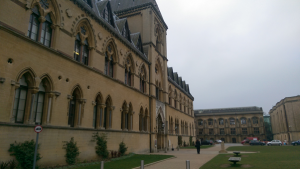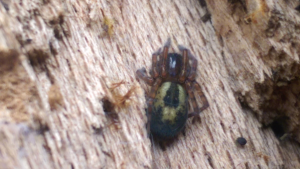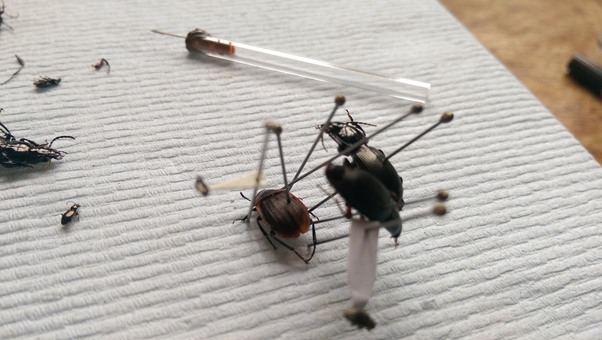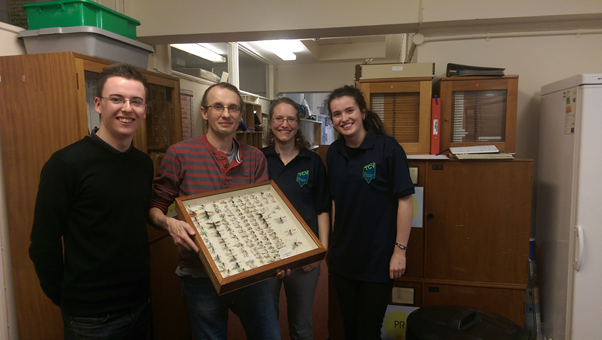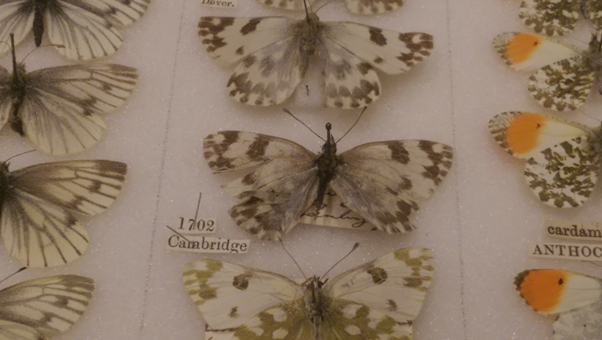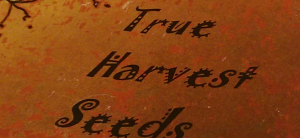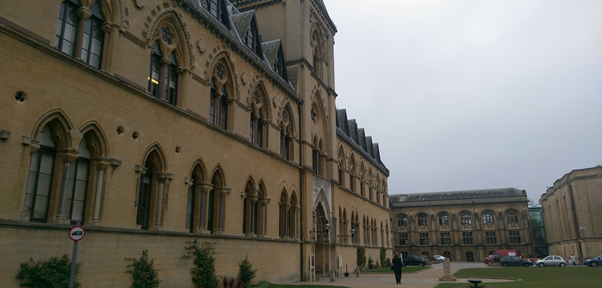
Hi everybody!
Back again with updates from March and what an amazing MEGA-month it was! A trip to Oxford, CEDaR’s 20th Anniversary conference and the TCV Natural Talent Celebration in Edinburgh. First and foremost I’ll begin with filling you in on my fantastic trip to Oxford museum.
Liam Olds (the Natural Talent Trainee in Colliery Spoil Habitats) and I visited Ceri Watkins (the Natural Talent Trainee in Saproxylic Insects) in the Oxford University Museum of Natural History from the 16th to the 20th of March. On our first day we started with a tour of the British collections and then began work on insect orders. We were given specimens that had been used for demonstration purposes but that needed to be put back in their cabinets. Although it took a while for us to get the hang of sorting the specimens, searching through the cabinets and reading the labels attached to the specimens they contained was very enjoyable. Later on in the week we were also given a cabinet packed full with different specimens and had to organise these into their correct orders. I found these exercises extremely useful as they gave me the opportunity to develop my taxonomy skills.
We attended a meeting organised by Friends of the Earth Oxford, with local people and green space landowners such as local churches attending. The meeting was titled “Bee Friendly Faith Communities: Creating a buzz in green spaces” and its purpose was to raise awareness of the role of bees and other pollinators and our dependence on them, with the aim of creating bee-friendly green space habitats in Oxford. I found this talk extremely interesting and motivating. My family own a very small field which is currently not being used, so I have decided to attempt to create a wildflower meadow in my spare time to encourage pollinator activity if not for this year then for next year. I’m waiting on the arrival of the wildflower mix but I’ll hopefully get started by clearing the field in the coming weeks. Will keep you updated as to how I get on. I also joined the Bumblebee Monitoring Scheme and completed my first transect in the last week of March with one white tailed bumble bee. I’m very much looking forward to seeing what species are in my area and again I’ll let you know if anything interesting turns up. You can find out more about Oxford Friends of the Earth here.
We visited Wytham woods an area of ancient semi-natural woodland that is owned by the University of Oxford and is used for Environmental research- it is also the location of Ceri’s fieldwork this year. We trained in using different sampling techniques and learned when and where to use them. Of particular interest to me was the Vane trap sampling technique as I have never used this method before. Insects emerging from a tree fly into the plastic panels of the trap and fall into a collecting pot below. We also spent some time peeling back the bark from dead trees looking for beetles and larvae. While at the woods I had made it my own mission to spot a Great Spotted Woodpecker as I had heard that they are quite easy to find there and I had never seen one before. We certainly heard them, but despite keeping my eyes peeled and traveling to different sections of the wood I had no luck. Ironically however as we left the wood and approached Wytham village Liam shouted out “there’s one!” and sure enough my first great spotted woodpecker was flying over the walls of the village gardens and not in the beautiful woodland.
Back in the museum we received training in the pinning and preservation of specimens which I found especially valuable as I plan to create my own reference collection from the pitfall samples that I’m sorting through and have ordered pinning equipment. On Thursday we were given a behind the scenes tour of the museum….. WOW!!! A truly amazing experience. The highlights of the tour have got to be the Charles Darwin, Alfred Russell Wallace and David Livingstone specimens, the oldest pinned insect specimen in the world and getting to hold a leg bone from an Elephant bird! This day was particularly memorable for me as it was my birthday- I don’t think that anyone will be topping that present any time soon! Our trip didn’t end there as we got a behind the scenes tour of the Natural History Museum in London the very next day!
In the last blog I explained that 2015 is CEDaR’s 20th Anniversary and that there would be a series of events to commemorate this achievement. I was fortunate to attend the final two. The first was a talk in the Ulster Museum on the 3rd of March on “Nature conservation from Lough Neagh to Slieve Donard: 36 years of managing, learning and sharing” by Phil Davidson. She reflected on her own personal experiences as Head of Conservation in Craigavon Borough Council and Wildlife and Countryside Advisor for the National Trust in Northern Ireland to highlight the role of both NGO’S and the recording community in raising awareness and furthering environmental education. I found this talk to be extremely useful and relevant as I am hoping to engage in outreach events with TCV and CEDaR in the coming months that have an education focus.
I attended the CEDaR 20th Anniversary Conference; Partnerships in Citizen Science: Past, present and future on Saturday the 21st of March. Speakers from the Northern Ireland Environment Agency (NIEA) Ballinderry Rivers Trust, Butterfly Conservation, RSPB, Ulster Wildlife Trust and more attended this event. Hearing about the collective effort to record and conserve Northern Irish species and habitats was truly inspiring- well worth getting up on the Saturday for!
The TCV Natural Talent Celebration took place on Friday the 27th of March in the Royal Botanic Garden Edinburgh , with Ceri and me staying over at the home of Frances Stoakley (the Natural Talent Trainee- Lichens as Air Quality Indicators) for this event. Previous trainees and placement providers attended and shared their experiences of TCV Natural Talent, providing a valuable insight into the traineeships. Workshops were being run as part of the event and we- the current trainees- were assigned roles to contribute to these workshops. I was scribe for the workshop titled ‘Natural Talent; the Next Generation. What are the gaps in taxonomy and habitat specialisms across the UK?’ This workshop was run twice during the day and each time with a different group. Surprisingly both groups discussed similar areas of this topic and came to the same conclusions. I feel that as a result of the event I have a much greater understanding of citizen science and I am looking forward to taking part in future community based events such as CEDaR’s 2015 Bioblitzs.
In March I also attended a seed collection training day with Cathryn Cochrane the Training Officer for TCV Northern Ireland, which was delivered by Debbie Gillies from True Harvest Seeds. True Harvest Seeds is a charity that was set up to preserve Ireland’s native and naturalised seeds, traditional crops and industrial crops. Those who attended the event including myself signed up to monitor a chosen species to collect seeds from. You can find out more about True Harvest Seeds here. Throughout March I also continued to sort through pitfall traps, identify spiders and expand my knowledge of the subject through my own reading. I feel that even though it has only been two months my identification skills have improved greatly. I should also mention that my moth catching ability has significantly improved; 100% in fact. In March my light trap had a grand total of 1 moth, a Common Quaker Orthosia cerasi. Well it was still better than February’s count! Simon Gray (the TCV Lough Erne Living Landscape Project Development Trainee) is in the process of organising moth trapping events for Fermanagh schools and nature reserves, which will be taking place from mid to late May and I am very much looking forward to assisting with these events. Will keep you updated when I have more information.
I’ll finish this blog with a big thank you to Ceri and Frances for being excellent hosts, and a big thank you to Oxford University Museum of Natural History and the Royal Botanic Garden Edinburgh for making this month unforgettable.
To find out more about the Natural Talent Traineeship, the Esmée Fairbairn Foundation, CEDaR, Oxford University Museum of Natural History, Royal Botanic Garden Edinburgh and the Natural History Museum please follow the links below.
Find out more about Natural Talent
Find out more about Esmée Fairbairn Foundation
Find out more about CEDaR
Find out more about Oxford University Museum of Natural History
Find out more about the Royal Botanic Garden Edinburgh
Find out more about the Natural History Museum London

